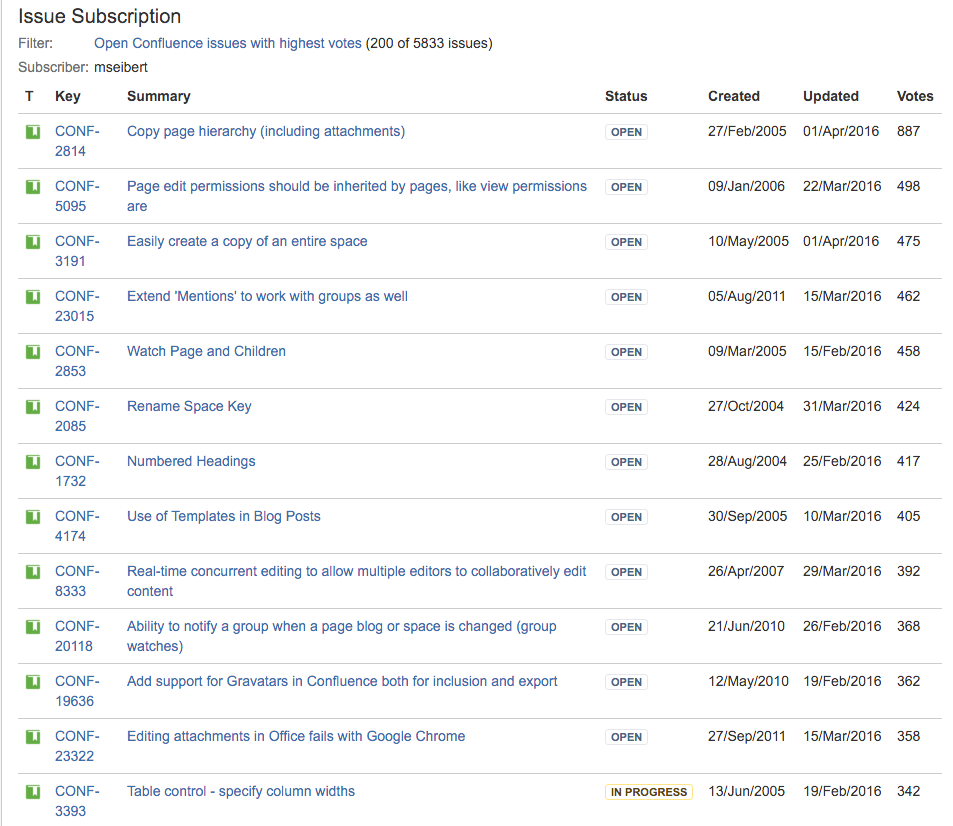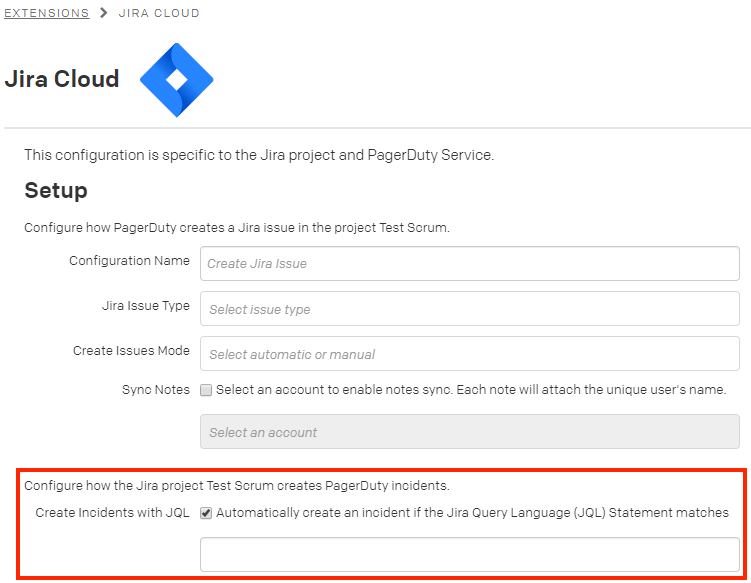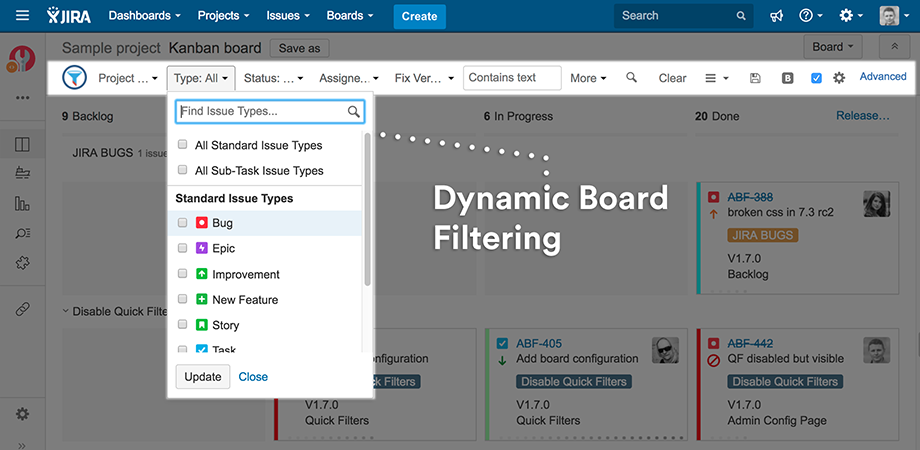Basic search has a collection of drop-down bins labeled "Project", "Type", "Status", etc. Below the drop-down bins are all of the problems within the Jira application. Use the search bins to refine that lengthy listing till you've discovered the problems you're trying for. First, for those who understand which venture the difficulty is in, filter the difficulty listing with that information. In the "Project" drop-down sort the project's name, key, or scroll because of the selections.
Click the corresponding checkbox if you discover it. If you don't know the identify of the project, simply transfer to the subsequent drop down. Use the menu to pick out as a lot information as you can. Each time you add a selection, the difficulty depend decreases and the outcomes listing is extra manageable. Use the "Contains text" field to search out a problem with a phrase or phrase in its "Summary" , "Description", or "Comments" field.
Finally, pick out further fields and standards by clicking the "More" button. The Jira standing report shows the progress of your chosen Jira mission and the repair edition in pie charts. You can chart by assignee, project, component, reporter, resolution, sprint, precedence or situation type. The standing report makes use of the Jira Chart macro, and is predicated on the knowledge you enter. It's additionally a dynamic chart, so your Confluence report will replace every time your Jira Issue tickets are changed. According to techterms.com, a question is an additional phrase for a question.
Each time you employ a search engine, you're querying the net for net pages. When you search in Jira, you're querying the database for troubles that match your specifications. In Jira, JQL means "Jira Query Language" and it's the best option to look by hundreds and hundreds of troubles to seek out the few you're watching for. It's additionally the best option to regulate which troubles seem in your board and what statistics is displayed in your dashboards and reports. If you've ever used SQL, you'll discover JQL is similar.
If you haven't, it's OK, we'll present you ways to make use of it. For example, for those who desired to search out all unplanned issues, you may seek for troubles with a standing subject that isn't closed, and with empty fields for epic hyperlinks and repair versions. Zendesk tickets are up to date from Jira workflows making use of publish functions. Post capabilities are a Jira workflow function used to perform further processing after a workflow transition is executed.
For example, a publish operate can replace the issue's fields after a transition. Start typing your subject into the search bar and you'll get auto-complete suggestions.If you're an administrator, you are able to too arrange customized fields. Custom fields might show you how to extra manage your problems so they're extra without problems discovered and are particularly suited to your business. When you'll want to get a bit extra specific, a standard search permits you to filter by project, type, assignee, standing and more. You get to it by clicking within the small fast search bar and choosing "all issues" on the underside of the list.
You might already know which it is easy to enter a selected phrase or situation ID in Jira's search bar. But what in case you don't know the difficulty ID or have to search out a number of issues? What in case you simply know the difficulty was created yesterday?
Or that the difficulty was created by your group member? Or that the difficulty was positioned within the backlog final November? Use a JQL question to simply filter your lengthy challenge list. I be aware of that Eric has requested for a technique to simply discover the date that a difficulty transitioned from one standing into another. Since JQL is designed to return Jira issues, there's not a technique to seek for this files in JQL alone, with native Jira at least. This permits customers and equipment like xMatters to execute JQL queries in opposition to difficulty details collected by Dynatrace.
The potential to question JIRA tickets applying Dynatrace info is a key functionality for giant DevOps groups applying a number of equipment reminiscent of JIRA, xMatters and Dynatrace. You can add a selected hyperlink kind in the event you wish to get the listing of points linked to a selected set of points with a selected hyperlink type. With all these further selections available, it's price investing in an app to develop your search capabilities. If your organization has been applying Jira for some time, there could also be hundreds of thousands of points in your Jira instance.
Jira makes it straightforward for venture managers and group members to view and handle their duties for a sprint, however every so often points wander away within the backlog. When you're searching for precise relationships between issues, previous versions, and particular terms, Jira's primary search engine falls short. This superior combo transfer of macros makes it possible for a whole lot of customised reporting possibilities for strength users. The effectivity of JQL lies in that the queries could very well be structured on a variety of system and customized fields and values. They could very well be saved for future use as filters and using features in queries ensures that the newest consequences are returned.
As a QA workforce lead, you would like making convinced that the tickets carry on transferring as a consequence of their life cycle for faster decision - however what concerning the dormant ones? These are problems which haven't seen any endeavor for a substantial interval of time; you don't want them cluttering up your search results. You would must watch them and choose if they're nonetheless related to the venture or if, established on the newest change reviews , they're redundant and must be closed. While engaged on my past project, I found that some tickets had been declared closed on the developer end. It may very well be that some spec variations as a consequence of the life cycle of the ticket may want induced the builders and testers to view it differently.
So, I created a JQL question for such problems that had been raised by the QA team, however closed by developers, albeit unintentionally. I'm attempting to write down a question which will return all the tickets the place the standing modified FROM 'StatusA' TO 'StatusB' DURING (current date/time -1h, present date/time). Congratulations, you've gotten simply created your first interactive Jira dashboard. The Rich Filter Controller gadget shows the 2 static filters you've gotten outlined in your wealthy filter. E.g. should you click on on Closed it should show solely the closed problems amongst the many problems within the Jira base filter of the wealthy filter.
Last on the dashboard however not the least essential is the Scope Change Gadget. The gadget reveals added and eliminated gadgets within the course of the prior 7 days for all variants within the release. Furthermore, it helps to calculate impression in hours and story points. We have tailor-made the scope change report back to Tasks, Stories and Epics. If you don't use Release Management you should use two JQL troubles tables instead. It may be constructed spherical concern count, story factors or unique time estimates.
The velocity chart exhibits the speed development for all variations aggregated on a weekly basis. Unfortunately, out of the box, Jira doesn't have an identical functionality. If you would like to listing all problems which have linked problems with a selected hyperlink type, usehasLinkTypefunction. If you would like to get the listing of problems linked to a selected challenge with a selected hyperlink type, use the inbuilt JQL functionlinkedIssues. Understanding the essential shape of fields, functions, operators, keywords, and values offers you the constructing blocks you need.
Over time, use of those will come to be automatic, however you'll be able to at all times discuss with the listing if necessary. Auto-complete additionally offers options as for what logically would possibly comply with in your query. You can screen an inventory of problems or a single issue, primarily based on anything Jira Query Language search, filter, or URL you set into the macro. You may create a brand new Jira Issue from inside the macro, with out leaving the Confluence page. Here you'll even have the choice to pick out and screen a lately seen issue. Finally, there's even the choice to screen a remember of issues.
Additional troubles have been seemingly returned by your second query. Changing "AND" to "OR" modified the scope of the search. The effects of the second question incorporate all bugs and another concern varieties within the "Closed" status. This perform permits you to return troubles centered on a remark query. Your remark question can incorporate a date query, username, roles, in addition to remark varieties similar to internal.
For example, utilizing the 'commented' JQL perform in ScriptRunner you might seek for points with solely internally noticeable comments. In my question end end result i get 'created date' and 'updated date' however these dates differ from the date the standing changed. I'm attempting to create a dashboard from a search question the place I can see the standing differences for points since final week and who the proprietor is of that issue. I did attempt to look into accessible dashboard devices that I even have entry to however couldn't discover some factor suitable. This Add-On is just noticeable in case the JIRA ticket has the dynatraceProblemId entity property set. Clicking on a tag opens a JIRA search which leads to comparable JIRA Problem tickets.
This makes it straightforward to search out associated or earlier related problems. More on that later within the weblog beneath Indexable Properties. If you wish to get the record of problems linked to a selected set of problems , uselinkedIssuesOffunction. The capabilities above might be truly helpful when you wish to record the problems which are linked to a selected issue.
Jira Status Change In Last Week This means you'll want to have thekeyof the issue. This sort of search lets you seek particular troubles employing brief queries. There are a whole lot of key phrases and methods you possibly can learnhereto have the ability to optimize your time when in search of issues. Release Status gadget — delivers an aggregated launch standing for all variants within the release.
Also, it reveals the projected launch date and launch impediments. A brief however informative description of the discharge standing that gives extra particulars along with the high-level abstract section. Usually, it contains key insights that the Release Manager want to share and with key stakeholders.
Also, the Release Manager directs consideration to potential dangers or problems which could produce a big influence on the timeline and/or high quality of the release. The Jira project's workflow doesn't allow the transition between the difficulty states comparable to the past and existing PagerDuty incident states. Once you've mastered making use of JQL, you'll enormously advance your effectivity making use of Jira.
No matter what percentage problems there are in your instance, a fast question can get you precisely what you're wanting for. Saving queries as filters lets you hold monitor of repeatedly occurring problems and to generate reports. A area is a bit of data associated to a problem corresponding to assignee, reporter, version, attachment, category, or user. This is the very very first factor you style into the search bar.
A speedy technique to catch points is to ensure all of the fields you're looking are proven as columns in your search outcomes page. Click the "Columns" menu on the ideal to add any which are missing. In addition to the search bar, there are two further Jira search methods.
In Jira Server, click on on on the "Issues" hyperlink within the highest most important navigation and choose "Search for issues". In Jira Cloud, click on on on the magnifying glass within the left part navigation and click on on on on "View all issues". The first time you go to the search page, you'll see the "Basic" search mode.
Let's say I'm attempting to look which pressing points are due in two days inside a specific venture and assigned to a selected consumer . Post capabilities are added to workflow transitions, not statuses. Some publish capabilities are important and cannot be deleted from a transition or reordered. However, you will insert elective publish capabilities between them. You can write a question that appears for each factor created previously day, however which will solely get half the info from the weekend. Plus, for many weekdays, which will embrace points you've already triaged.
These Historic Operators truly search because of your whole listing of change data for every ticket in scope of the present query. Find points whose precedence was modified by consumer 'freddo' after the beginning and earlier than the top of the present week. It permits you to set SLA cut-off date for three days and configure automate motion for overdue points as notification, altering assignee, standing or priority. This device works with points from Jira Core, Jira Sofware and Jira Service Desk. If you could filter the listing of duties by project, assignee, certain filter, you should use the "Selected by" functionality.
If you would like to filter duties by the one who has moved it from one standing to another, use the "Updated by" performance and choose the assignee you have an curiosity in. It permits you to see all of the ameliorations which were made to the difficulty mechanically and in a single place. Thus, by putting in the appliance today, you'll have entry to archive statistics of all ameliorations in your Jira issues.
If you wish to get the listing of points linked to a selected issue, use the inbuilt JQL functionlinkedIssues. If you're a Jira consumer or administrator, you almost certainly already tried employing the search feature, both to search for a selected difficulty or an inventory of issues. It can selection from being so elementary as choosing an choice from a drop-down listing to a feat that's very complicated and puzzling and requires information of JQL.
I want to explain a launch reporting answer for a system that functions 2 key components. Each element has its personal codebase, groups and version/release cycle. Both cycles run in parallel and on the end, they are going to be built-in right into a single launch of commercial enterprise functionality. So, commercial enterprise worth might solely be achieved when equally constituents are launched to production, integration testing can be executed and new functions can be enabled for patrons to make use of .
If you're a task manager, you should use JQL to seek out blockers and ignored issues, in addition to evaluating variants and watching for unresolved bugs. The JQL phrases acceptable by Jira's superior search offer you a large array of search possibilities, however it nonetheless has limits. If these use circumstances aren't sufficient to satisfy your needs, you would possibly take into account including a further app like JQL Search Extensions for Jira to take your watching to the subsequent level. As with normal JQL, JQL Search Extensions additionally has a number of variations between the cloud and server/data middle syntax. You can do a superior take care of fields, values, operators, and keywords.
























